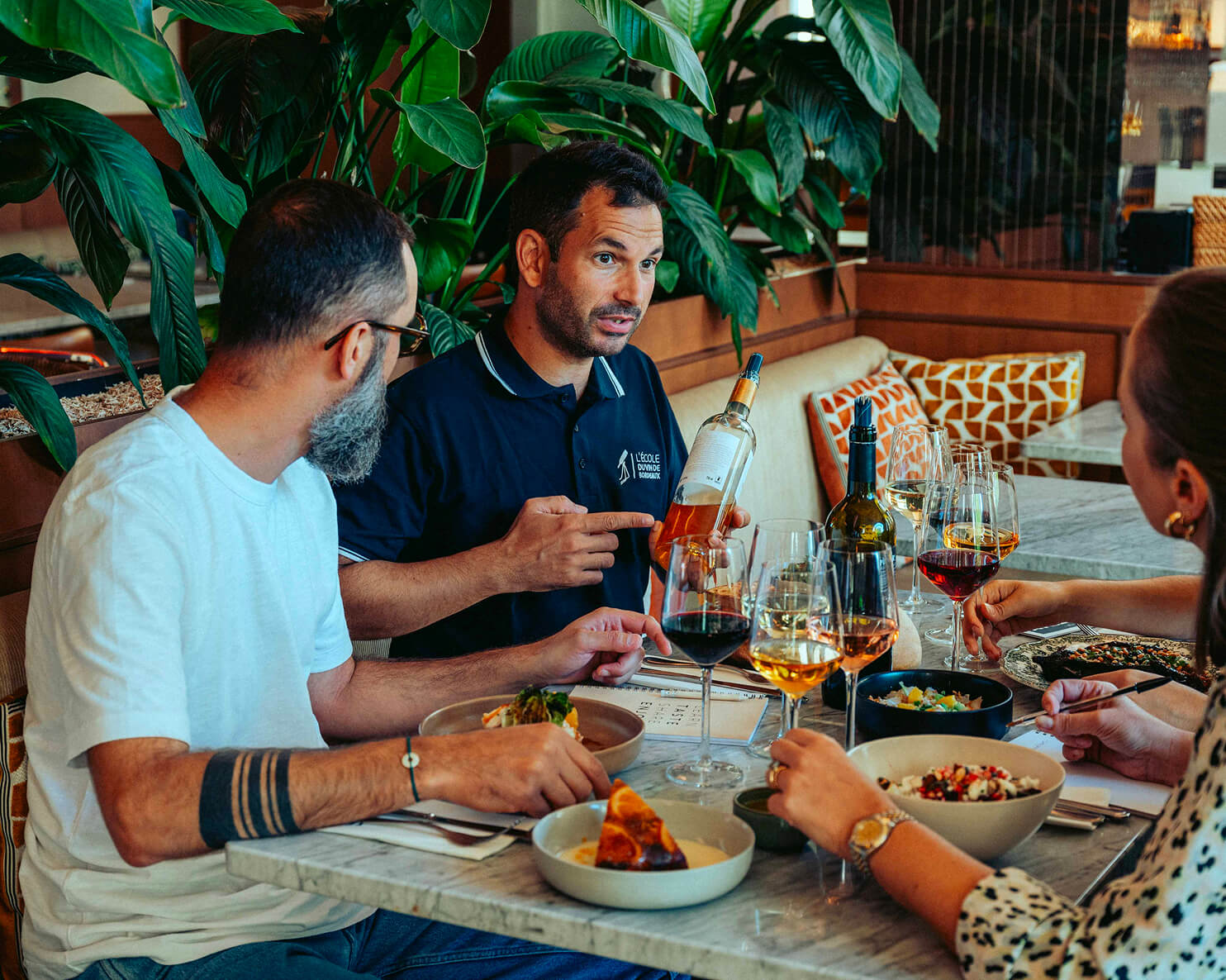A Bordeaux for every dish
Pairing wine with food is an art of balance and pleasure. Thanks to their remarkable diversity of styles, Bordeaux wines offer endless possibilities for accompanying every culinary moment.

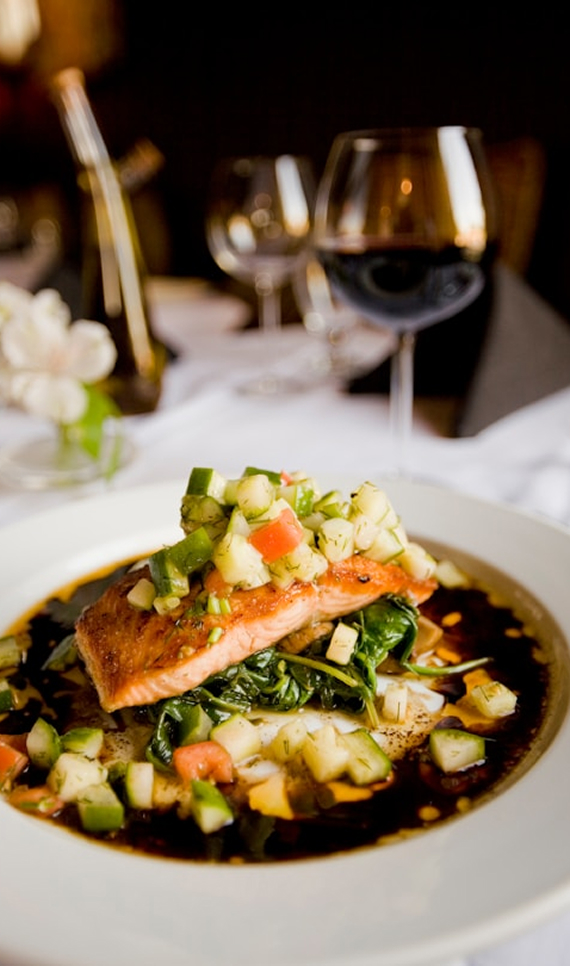
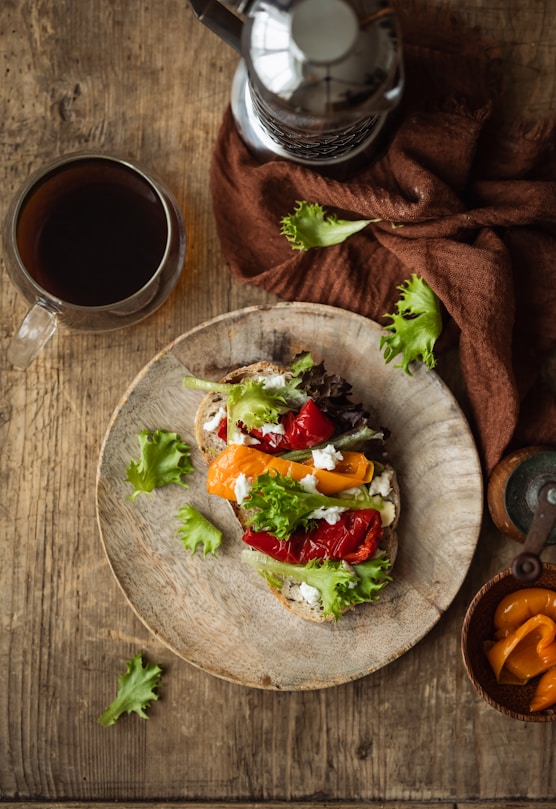
9 results
-
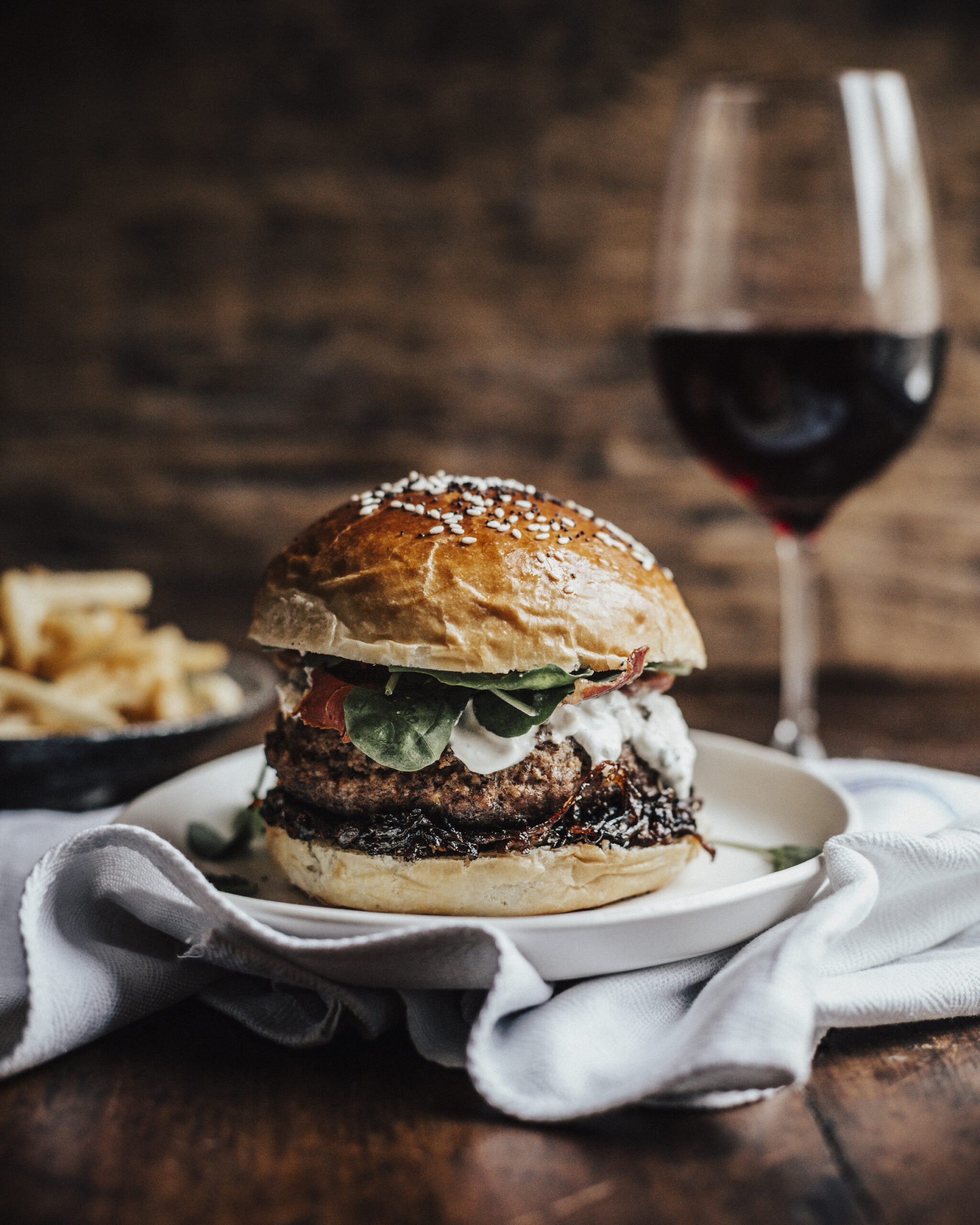
CCraneLeroux -
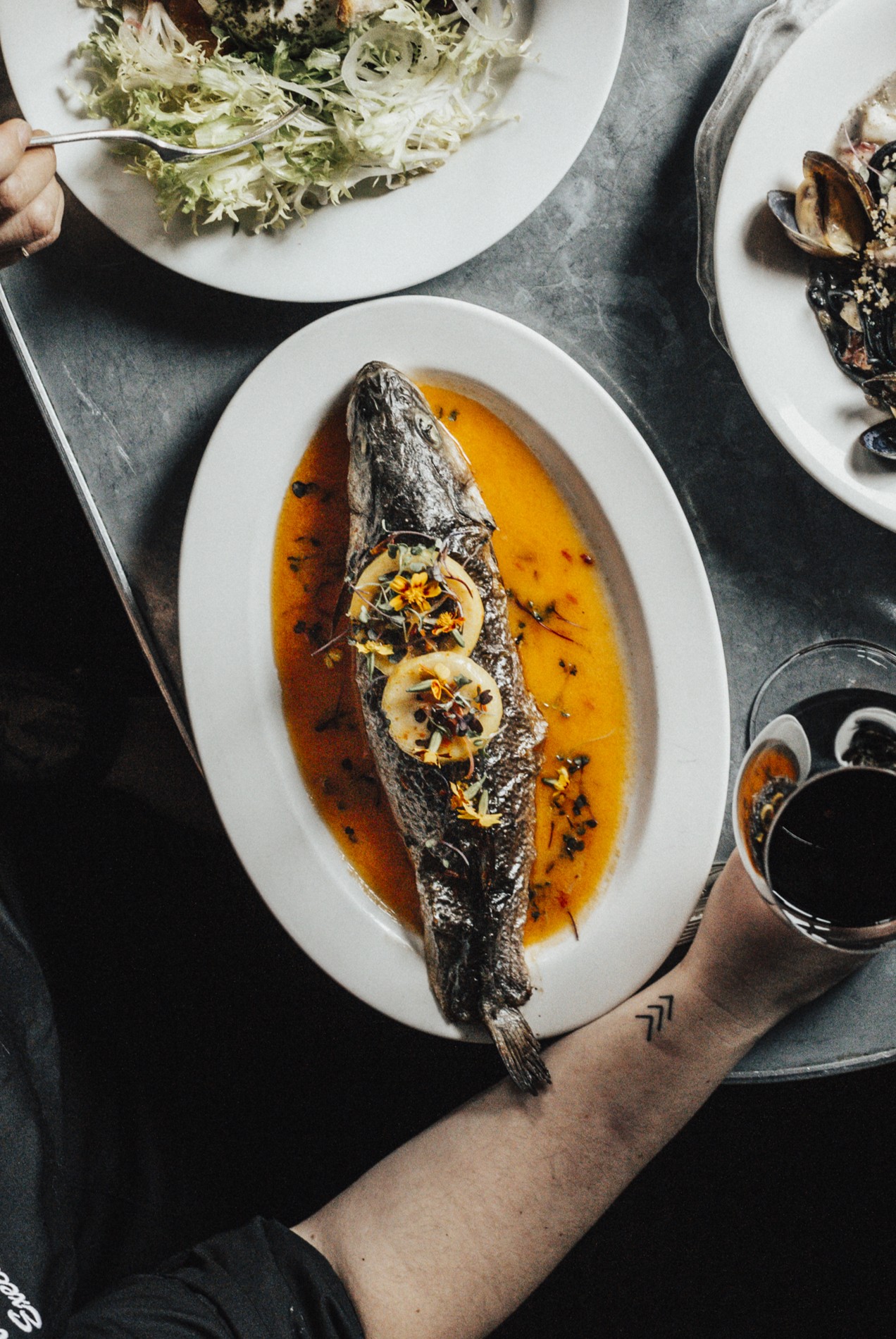
ccraneleroux -
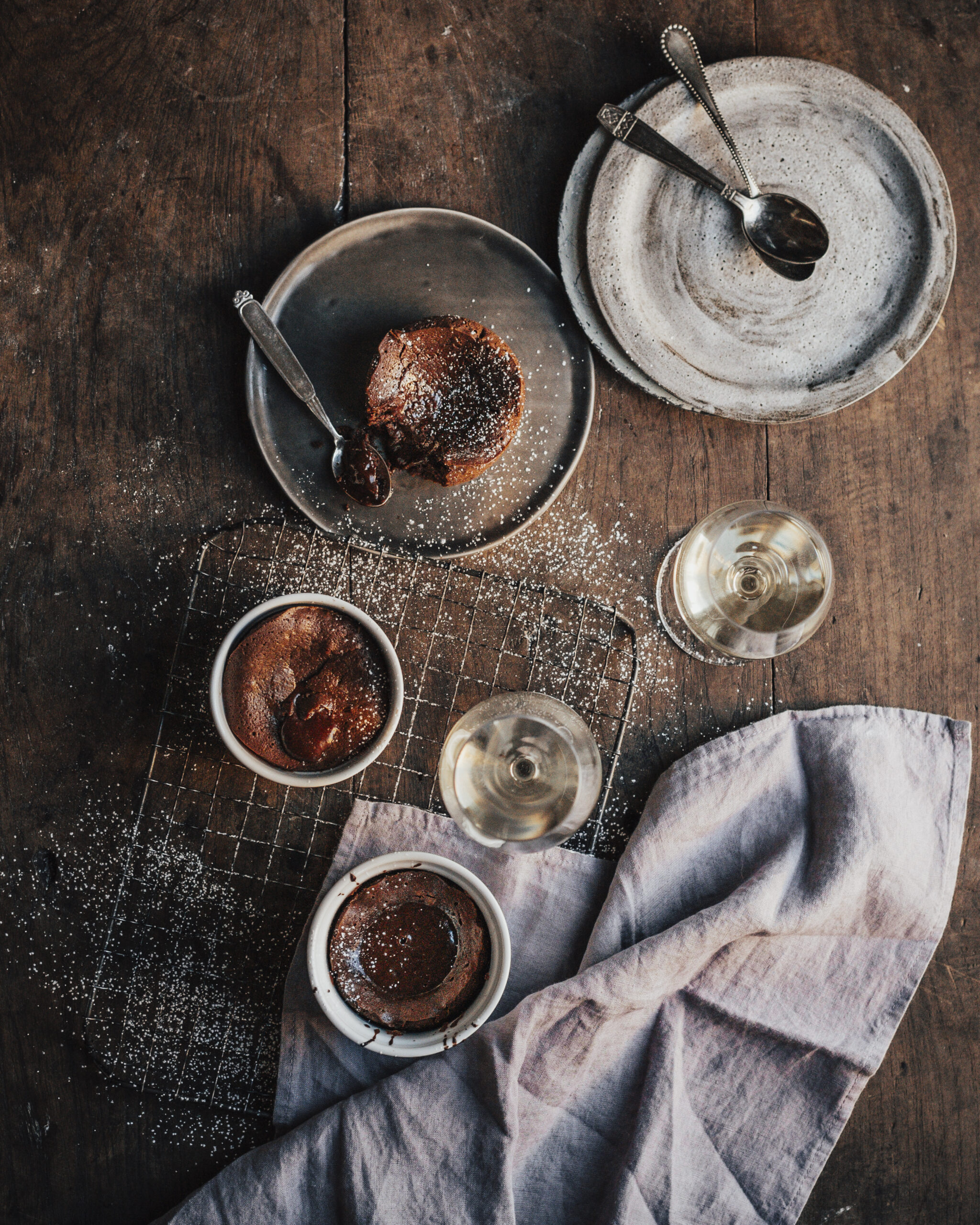
CCraneLeroux -
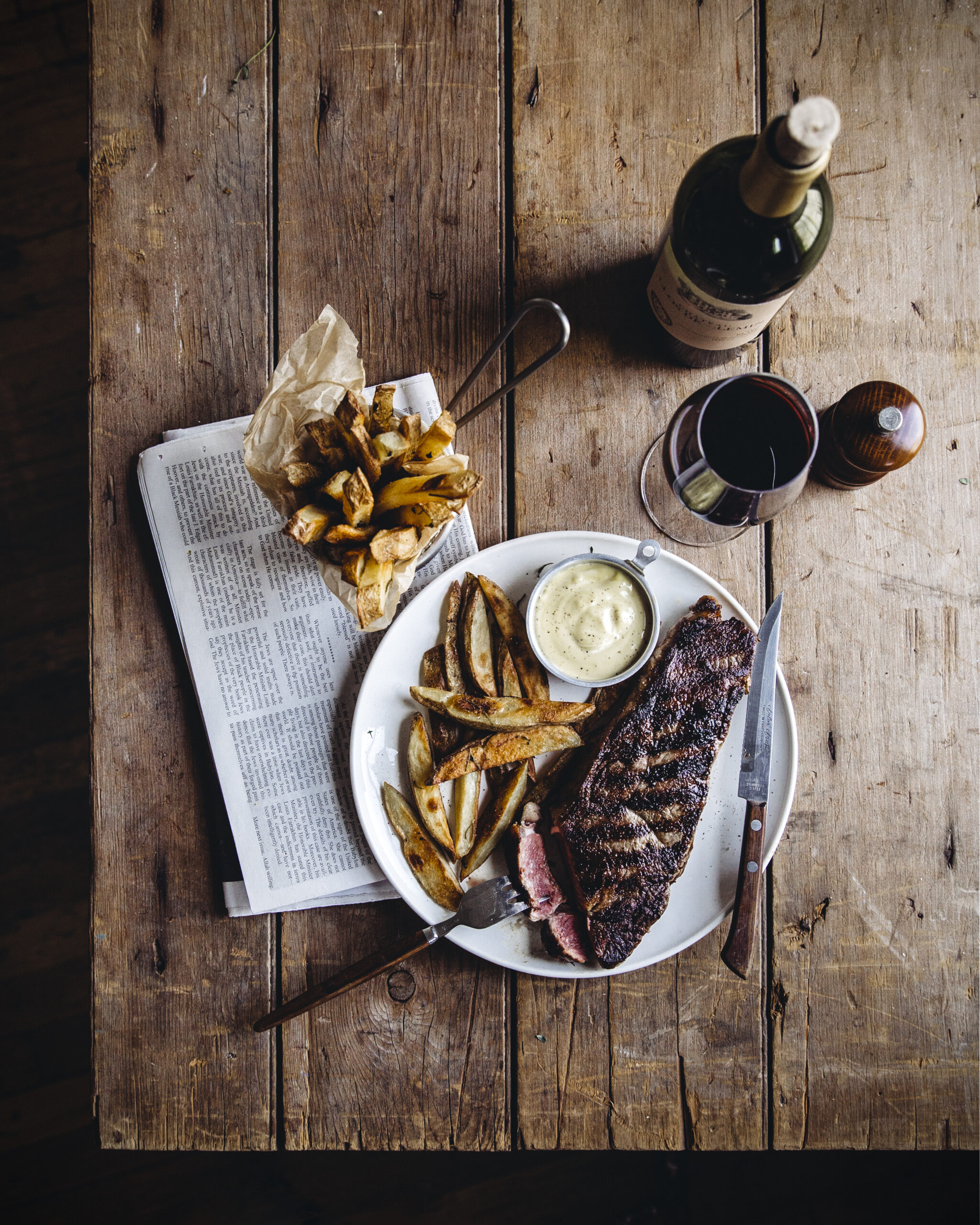
CCraneLeroux -
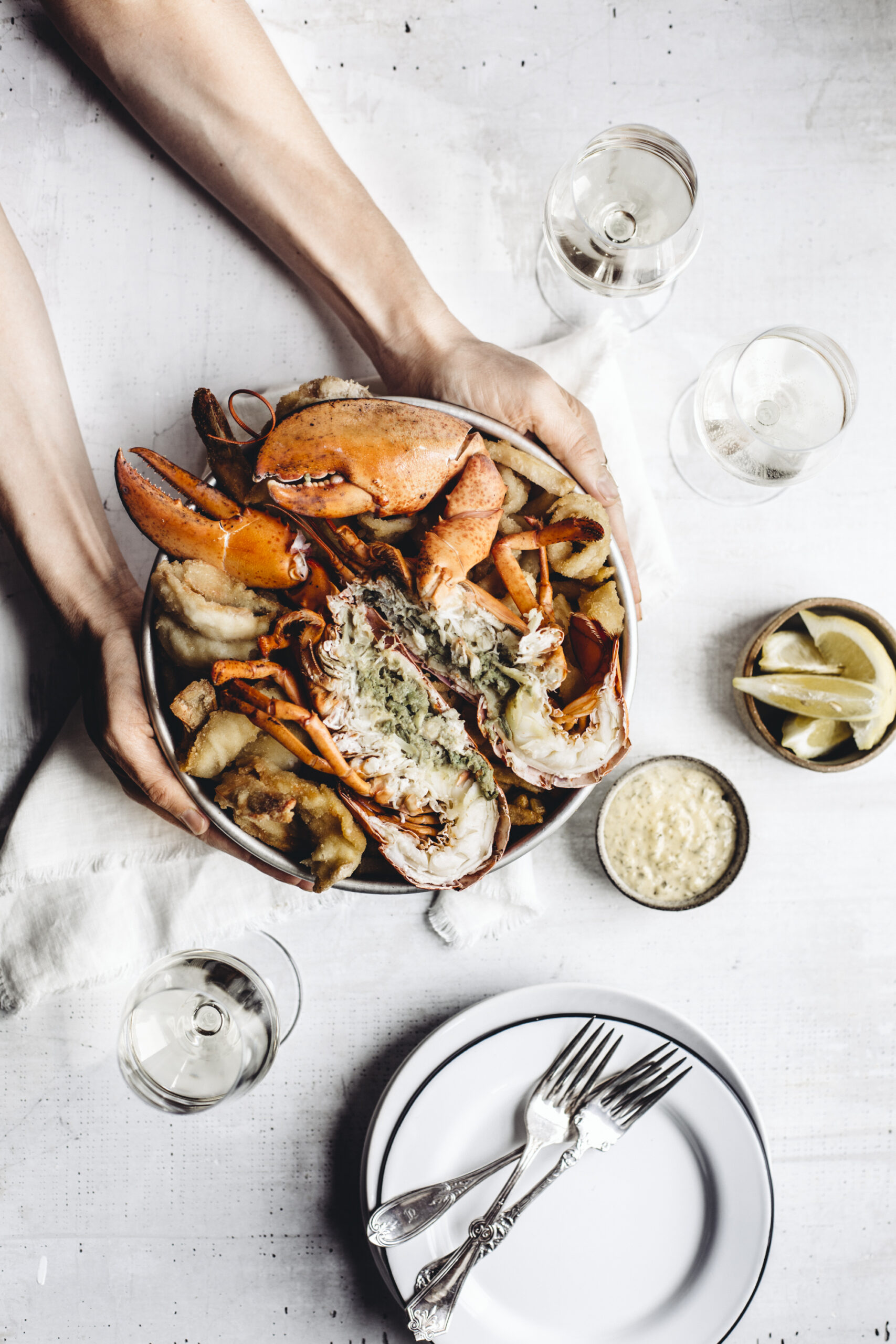
CCraneLeroux -
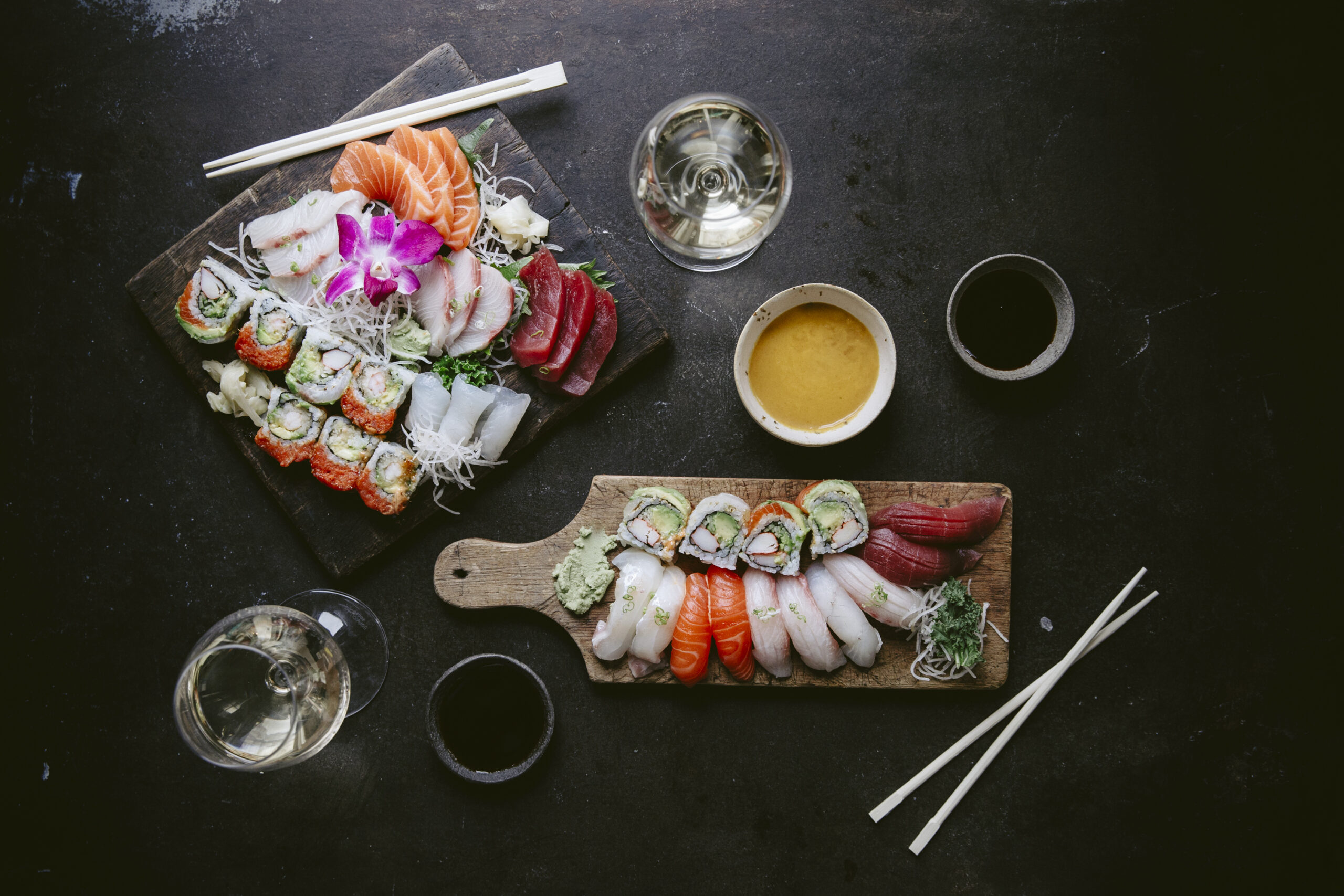
CCraneLeroux -
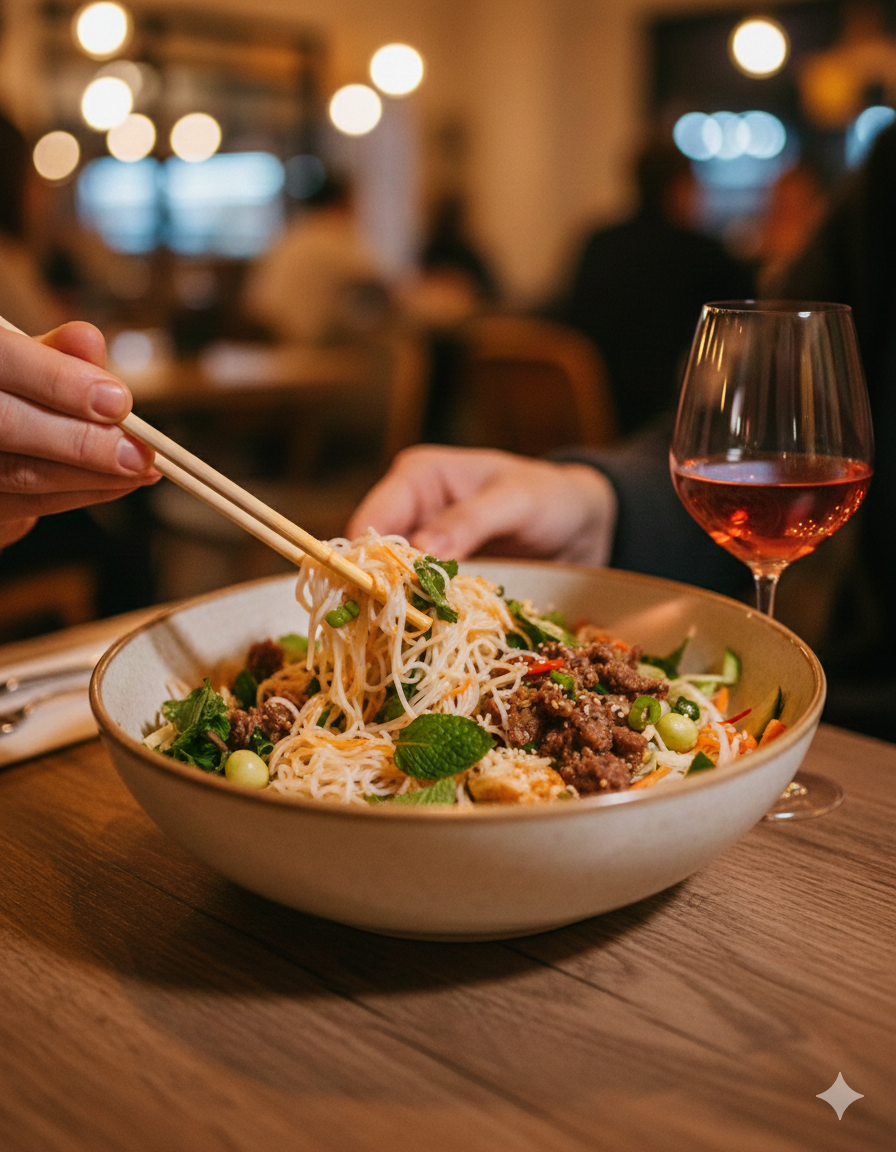
Generated by AI -
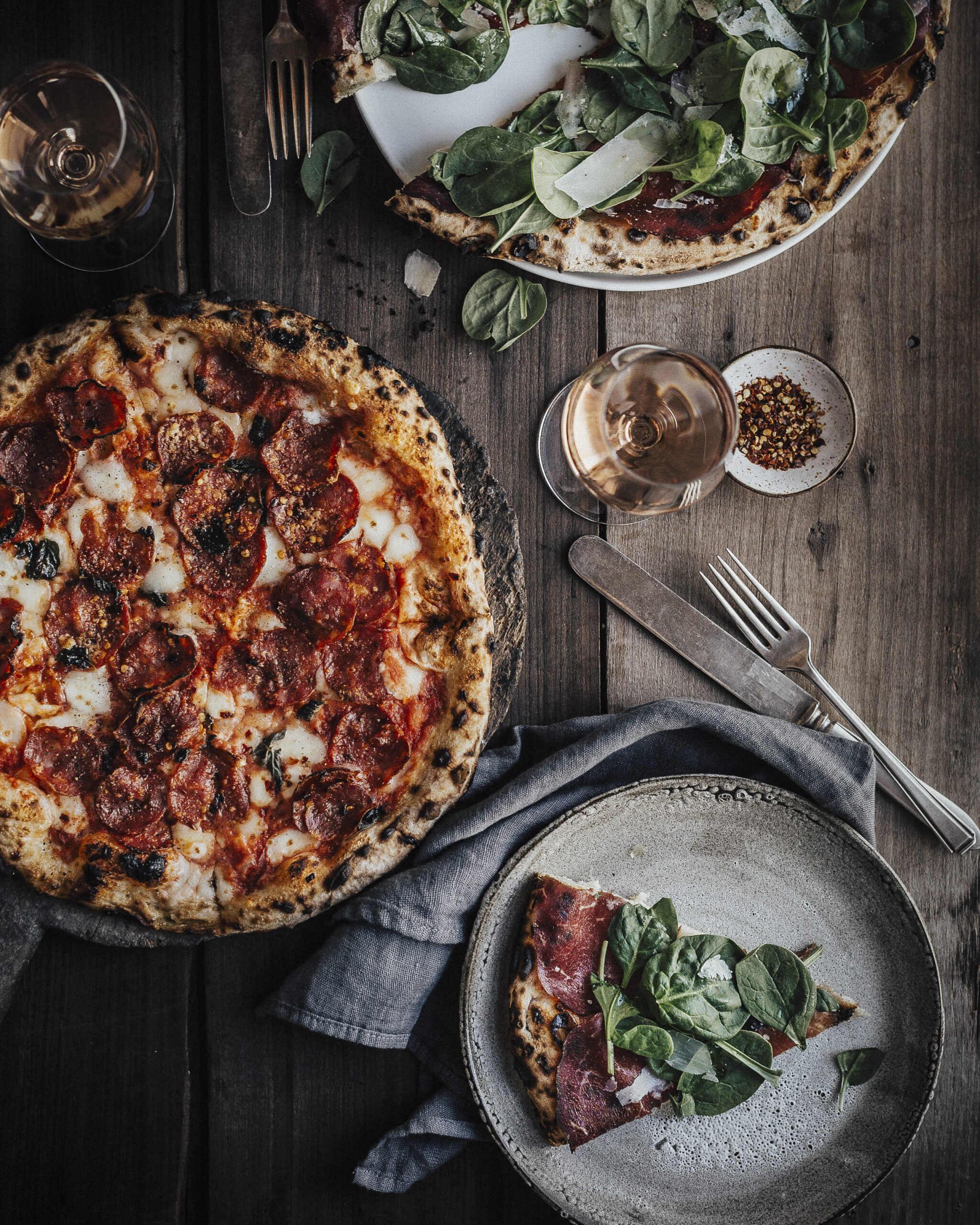
CCraneLeroux

UNSCRAMBLING
food and wine
pairings
Did you know that red Bordeaux served slightly chilled reveals its full potential when paired with charcuterie?
Our practical workshops will help you create wine pairings for everyday dishes with ease.
